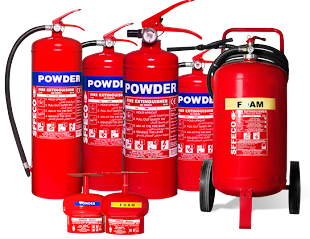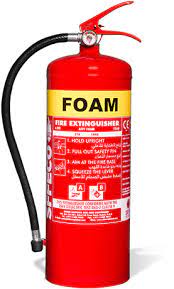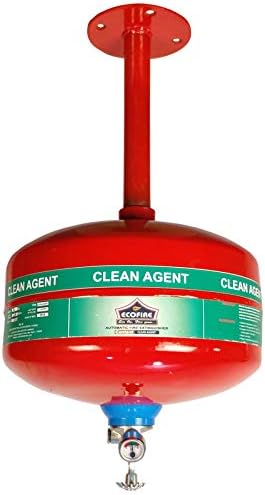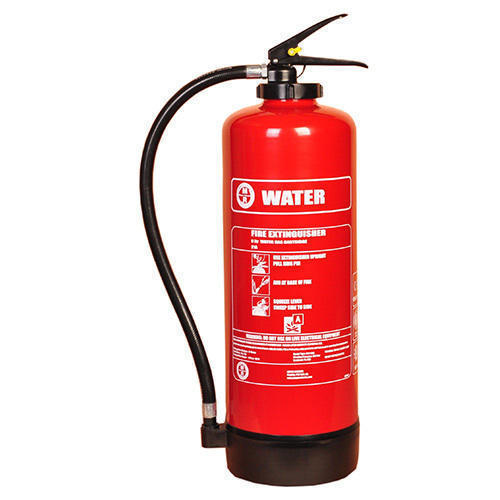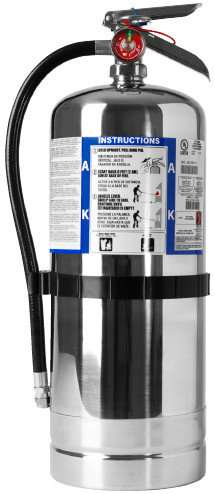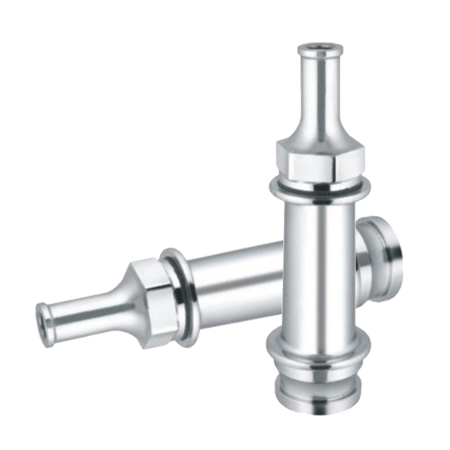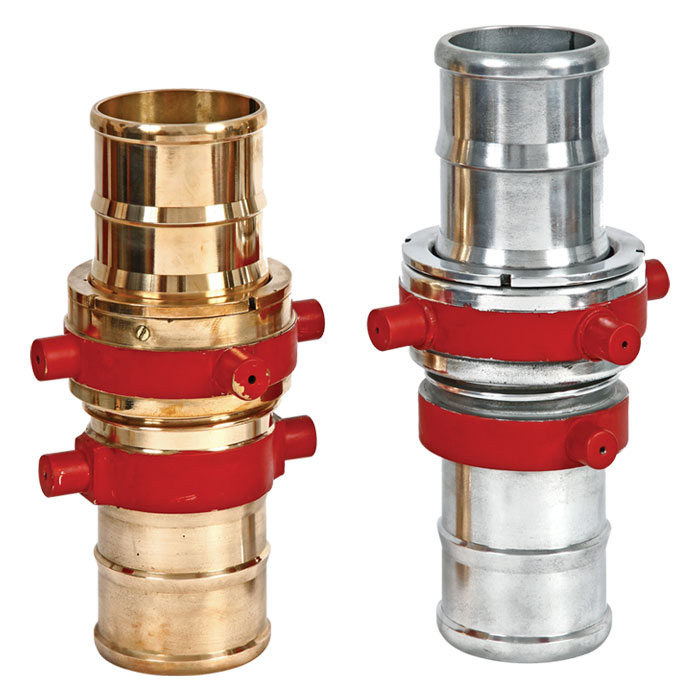Fire Alarm
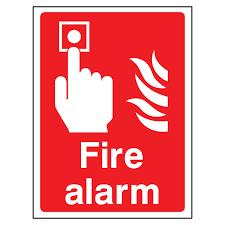
A fire alarm is a critical component of fire safety systems designed to detect and alert occupants of a building to the presence of fire or smoke. Here’s an overview of its key features, types, and functions:
Composition and Design
- Detection Sensors: Fire alarms typically include smoke detectors, heat detectors, or a combination of both to identify signs of a fire.
- Alarm System: The alarm system consists of audible (sirens, bells) and visual (flashing lights) signals to alert occupants.
- Control Panel: In more complex systems, a central control panel manages inputs from various sensors and initiates alarms.
Types of Fire Alarms
- Use separate zones for different areas of a building.
- Basic systems suitable for smaller buildings.
- Provide specific information about the location of the alarm activation.
- More sophisticated and suitable for larger or more complex buildings.
- Use wireless technology for easier installation and flexibility.
- Ideal for retrofitting in existing structures without extensive wiring.
- Include pull stations that allow occupants to manually trigger the alarm.
- Often used in conjunction with automatic detection systems.
Functionality
- Detection: Sensors identify smoke, heat, or flames and trigger the alarm.
- Notification: Upon detection, the alarm system activates audible and visual alerts to warn occupants.
- Automatic Response: In some systems, alarms can automatically notify fire departments or emergency services.
Applications
- Commercial Buildings: Widely used in offices, shopping centers, and factories to ensure occupant safety.
- Residential Use: Smoke detectors and alarms are common in homes to alert residents to fire hazards.
- Industrial Facilities: Specialized systems may be designed for environments with unique fire risks, such as chemical plants.
Advantages
- Early Warning: Provides critical early warning to occupants, allowing for timely evacuation and response.
- Enhanced Safety: Reduces the risk of injury or loss of life by ensuring that occupants are aware of fire hazards.
- Integration with Other Systems: Can be integrated with other safety systems, such as sprinklers and emergency lighting.
Considerations
- Regular Maintenance: Fire alarms require regular testing and maintenance to ensure proper functionality. This includes checking batteries, cleaning detectors, and inspecting wiring.
- Compliance: Must comply with local fire codes and regulations, which dictate installation and maintenance standards.
- Training: Occupants should be trained on how to respond to alarms, including evacuation procedures.
Summary
Fire alarms are essential for protecting lives and property from fire hazards. Their ability to detect and alert occupants quickly makes them a vital component of any fire safety strategy. Regular maintenance, compliance with regulations, and occupant training are crucial to maximizing their effectiveness.
Manual Fire Alarms:
Wireless Fire Alarms:
Addressable Fire Alarms:
Conventional Fire Alarms:


